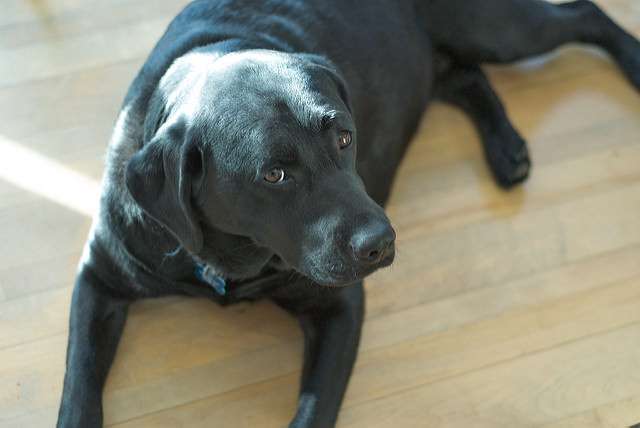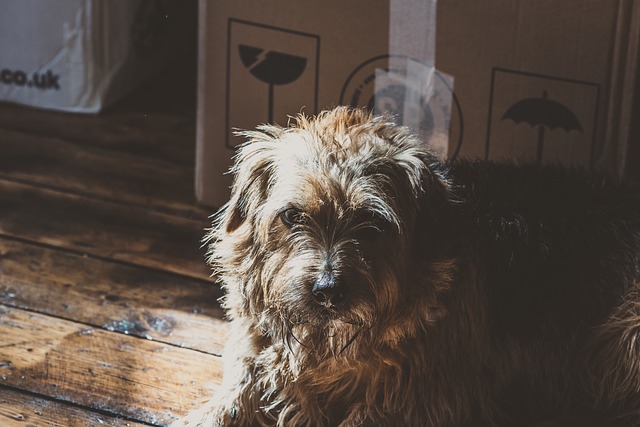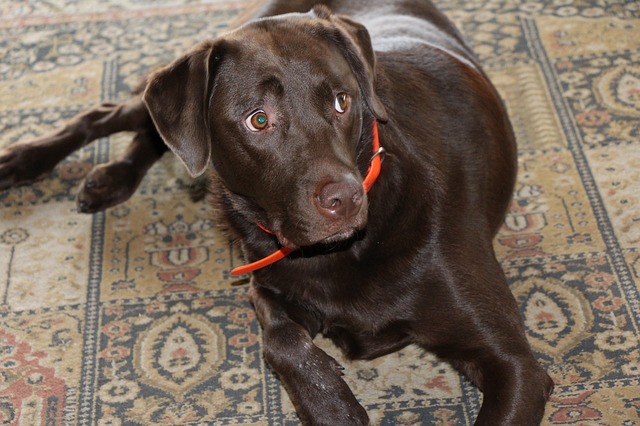Marking behavior in a pet dog is a frustrating, but fairly natural behavior among dogs. There are many reasons for marking behavior, but no matter how natural it is, if your dog is marking inside your home, it is a problem.
First, you have to decide if the behavior is actually intended to be a communication for your dog. Since you cannot ask your dog if he peed on something as a signal, you need your vet to help. A trip to the vet (with a clean urine sample) is absolutely critical in managing house soiling in pets. Make sure you collect the sample in a clean container and get it to the vet as soon after collecting as possible. If you cannot deliver it right away, store it in the refrigerator until you can, but urine samples cannot be days old for accurate urinalysis.

You must make sure that there is not a medical reason that your dog is urinating inappropriately because if the reason is medical, all attempts to retrain will fail and your bond with your dog will be irreparably damaged. Disorders that cause increased urination or the urge to urinate can create an issue with breaking house training that is beyond your dog’s control.
If a medical problem is ruled out, you can begin to consider other reasons that your dog might be urinating inside. Marking behavior can be a reproductive signal and intact (not spayed or neutered) dogs can certainly engage in it. Intact dogs are using the scents associated with their marking as a signal to other dogs. Your dog may want to signal to members of the opposite gender, that he/she is sexually mature and interested in a mate. Your dog could also want to indicate to members of the same gender that there are boundaries of his/her personal territory to deter them from entering and attempting to lure away prospective mates.

Of course, potential mates are not all that are important to your dog. He/she also likes the luxuries afforded by the personal territory, like shelter and food…and yes, even you. He/she could want to alert others that these resources are spoken for. Resource marking can be more common in male dogs also.
The marking behavior can be a habit or brain pattern that has become ingrained. Just like some of the habits we have, if he isn’t engaging in the behavior, he might feel out of sorts. When he is not able to mark in his usual spots, he may feel like someone trying to quit smoking or going on a crash diet. Habits are hard to break, but it can be done with a consistent reward based program.

Pick where you would prefer your dog to urinate (presumably outside) and start strongly and consistently making it the preferred choice. You might want to walk him on a leash so that you can make sure he is urinating when he is outside, instead of doing other things and urinating once he is back inside. When he does go outside, reward him with extreme praise and high value treats. Be consistent until the right options become habit. You might need to consult a certified dog trainer to help you develop an easy to follow training plan. In the end, patience, consistency and reward will be your closest allies in the battle against unwanted marking.
Do you love learning about dogs? I love posting about them! Look me up on Facebook by clicking here.
